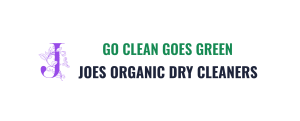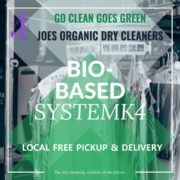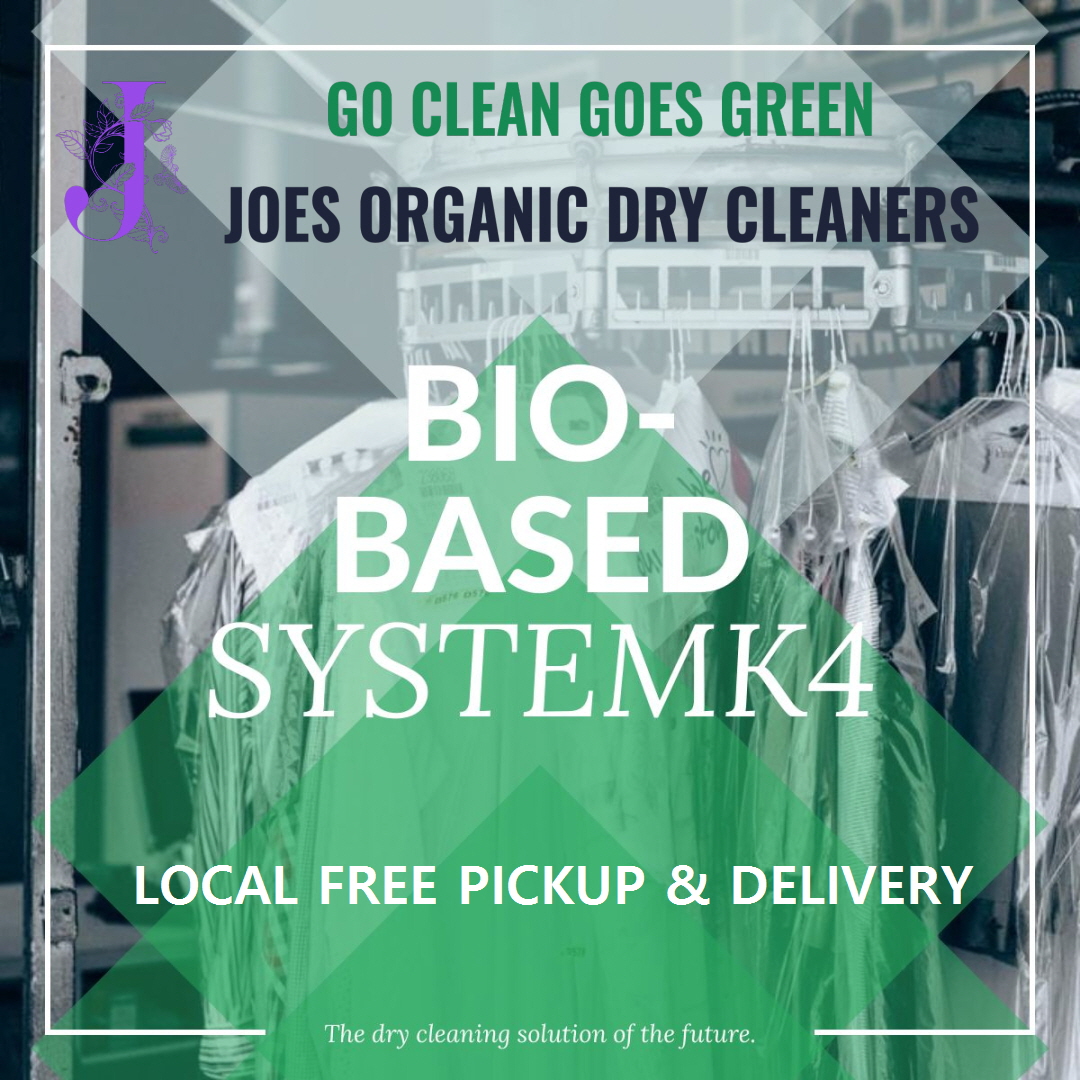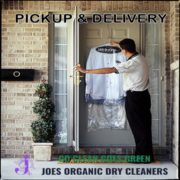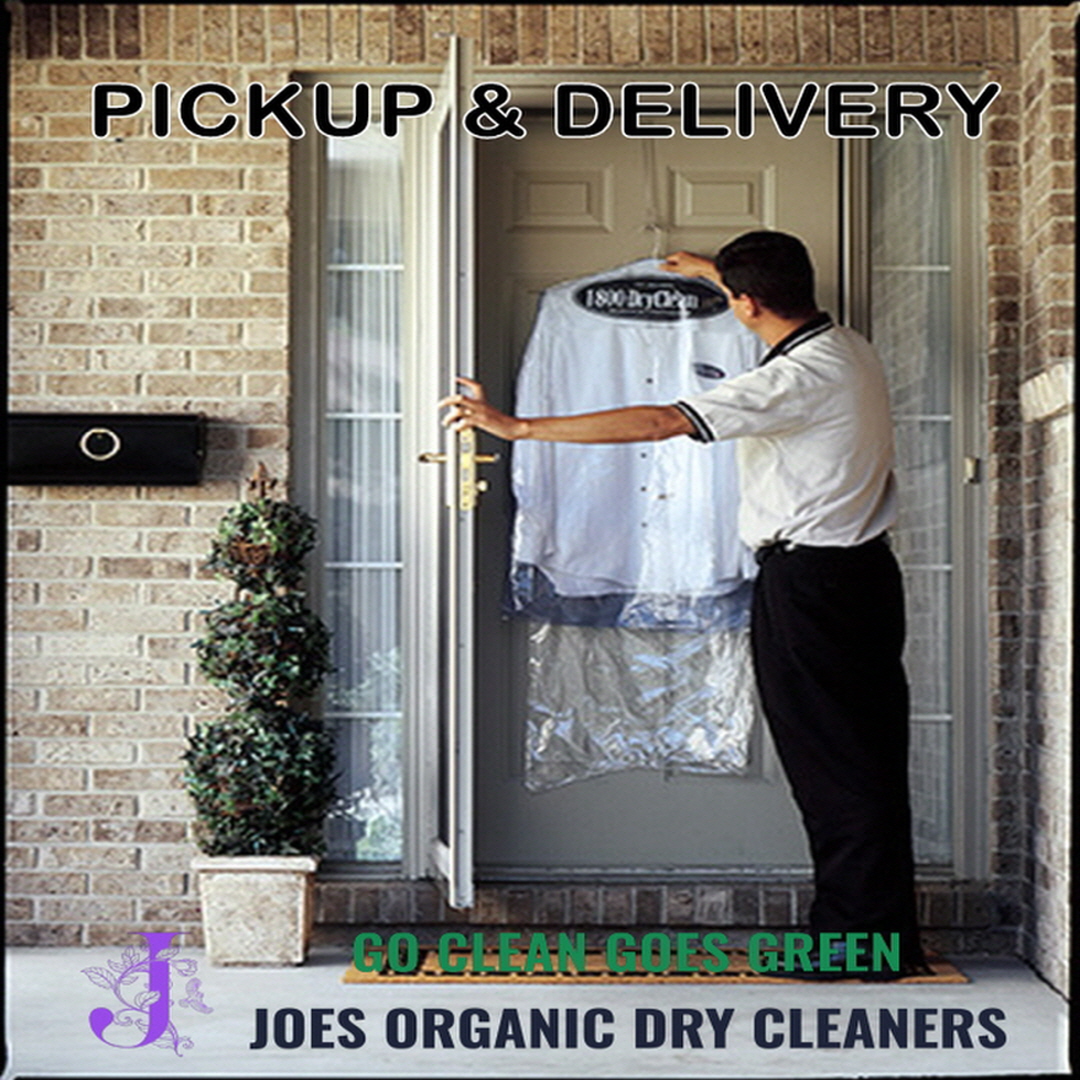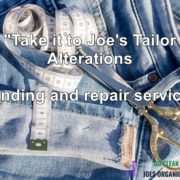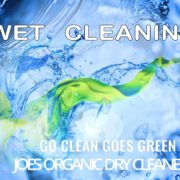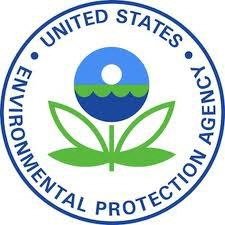Start system k4 dry cleaning for eco-friendly laundry and see the results. It is located in Westbury, Long Island, New York.
Welcome to System K4 Dry Cleaning, your go-to eco-friendly dry cleaning solution in Westbury, Long Island, New York! At System K4, we are committed to providing top-notch dry cleaning services that are both effective and environmentally friendly.
Our cutting-edge System K4 technology uses a non-toxic, biodegradable solvent that ensures your garments are cleaned thoroughly while being gentle on the environment. With our advanced cleaning process, you can rest assured that your clothes will look fresh, smell great, and retain their quality for longer.
Here’s how you can experience the outstanding results of System K4 Dry Cleaning:
Step 1: Gather your laundry – Collect the garments you wish to be dry-cleaned. Whether it’s suits, dresses, shirts, or delicate fabrics, our skilled team is ready to handle your laundry with care.
Step 2: Visit our Westbury, Long Island location – We are conveniently situated in the heart of Westbury, making it easy for you to drop off your items. Our address is:
System K4 Dry Cleaning: 263 Post Ave, Westbury NY 11590
Step 3: Professional inspection – Once you arrive, our expert team will inspect each garment for any stains or specific care requirements. This step helps us determine the best cleaning approach for each item.
Step 4: Eco-friendly cleaning – Using our state-of-the-art System K4 technology, we’ll begin the eco-friendly dry cleaning process. Rest assured that your clothes will be handled with utmost care throughout the cleaning journey.
Step 5: Quality check – After the cleaning process, we conduct a thorough quality check to ensure that each garment meets our high standards before returning them to you.
Step 6: Pick up your fresh laundry – Your garments are now clean, fresh, and ready to be picked up! Drop by our location during our operating hours to retrieve your freshly cleaned items.
At System K4 Dry Cleaning, we take pride in providing you with a sustainable, efficient, and reliable laundry experience. Feel free to contact us at 516-334 3350. if you have any questions or if you’d like to learn more about our eco-friendly dry cleaning services.
Thank you for choosing System K4 Dry Cleaning, and we look forward to serving you soon!
